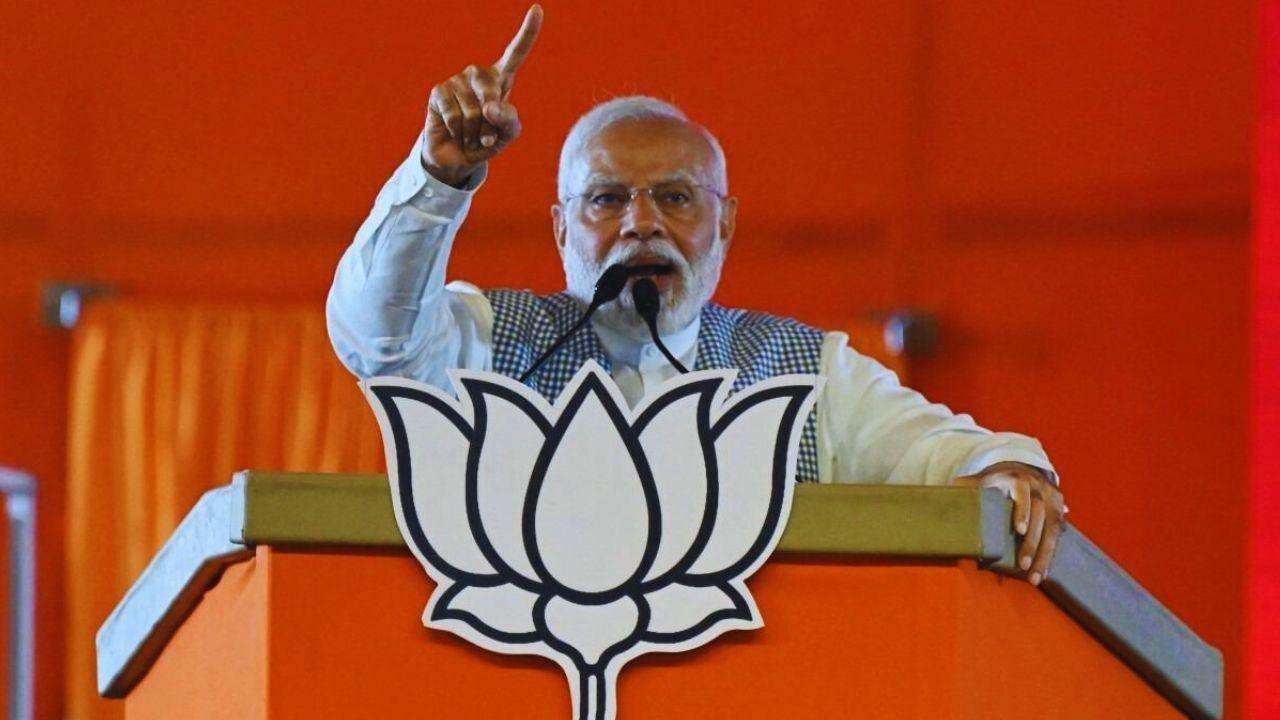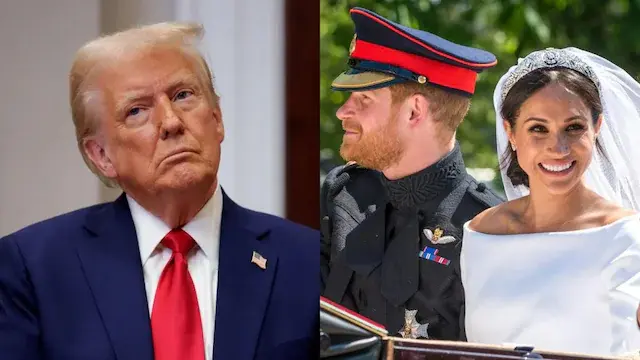As ballots are tallied during a fiercely contested election, Prime Minister Narendra Modi's party appears poised to take power in the Indian capital, Delhi.
According to data from the Election Commission of India (EC), the incumbent Aam Aadmi Party (AAP) is leading in 22 seats in the 70-member legislative assembly, while the Bharatiya Janata Party (BJP) is leading in 48 seats.
The government can be formed by a party that receives more than the halfway threshold of 35 seats.
Given Delhi's symbolic significance as the nation's capital, the election was a contest of prestige for both the BJP and the AAP.
The AAP has been in power since 2013 in the federally managed city, and voters have supported its strong welfarism record. However, the group and its leaders have recently been accused of corruption, which they have refuted.
For the BJP, securing Delhi represents more than just electoral success - it would mark a crucial foothold in the nation's capital after being out of power there since 1998.
The party, which has had recent election successes in other states, such as Maharashtra and Chhattisgarh, has thrown resources at the Delhi campaign, with Modi as well as Home Minister Amit Shah attending events.
Congress, the main opposition party at the national level, is also in the race, but it is not leading in any seat.
The party governed Delhi from 1998 to 2013, but was ousted over allegations of corruption that saw voters turn to AAP instead. It has failed to make a mark since.
This time, more than 60 percent of eligible voters participated in the poll. Although such predictions have failed in the past, the majority of exit polls projected an outright majority for the BJP, giving them more than 35 seats.
Delhi's system of government is distinct. The lieutenant governor (LG), who is chosen by the federal government, makes important decisions pertaining to land, public order, and law enforcement. Public services, health, and education are among the issues that are handled by the state legislature.
When state legislatures and the federal government are controlled by opposing parties, this divergence has frequently led to conflict.
.jpg)

.jpg)





.svg)



.jpg)